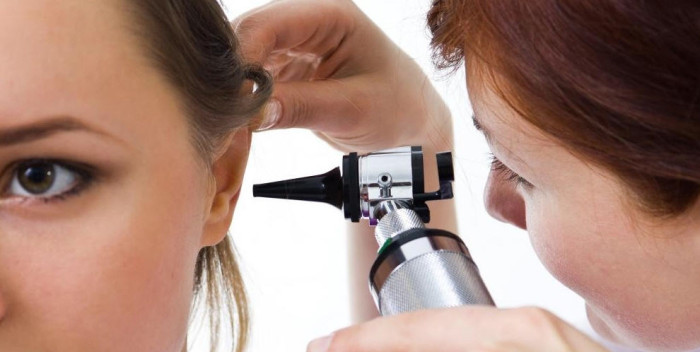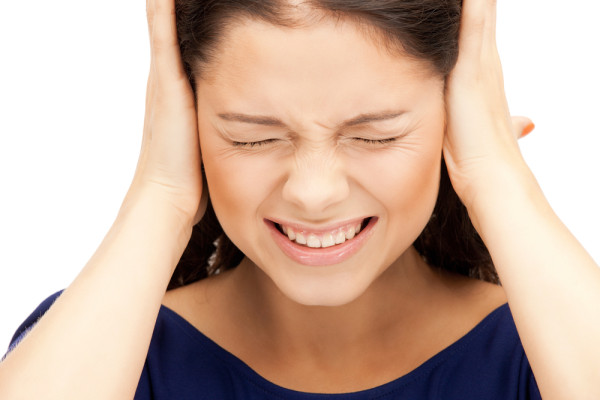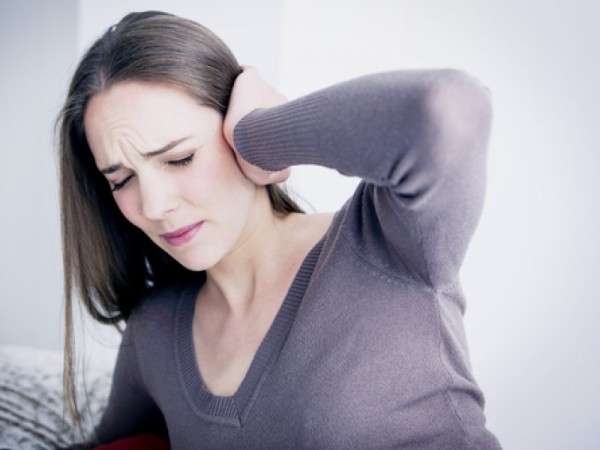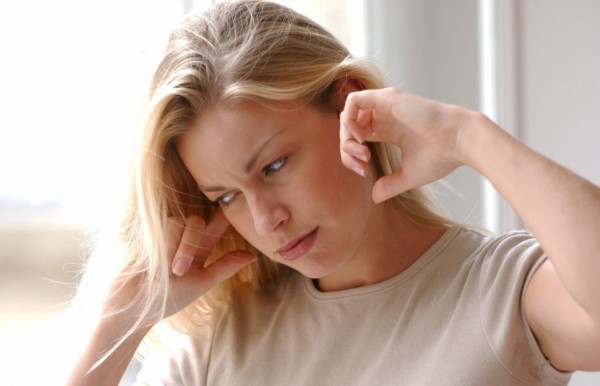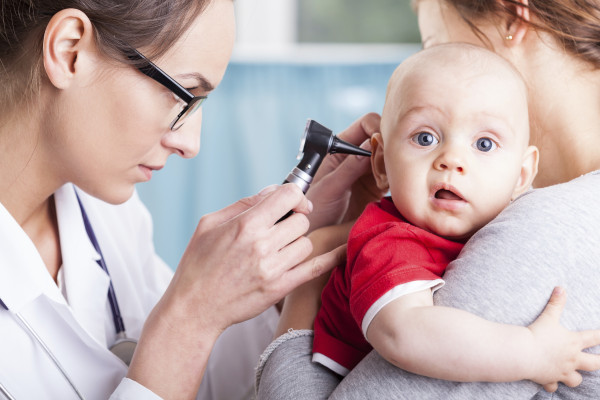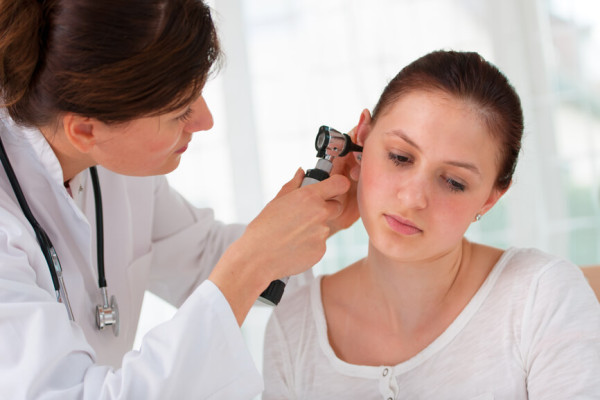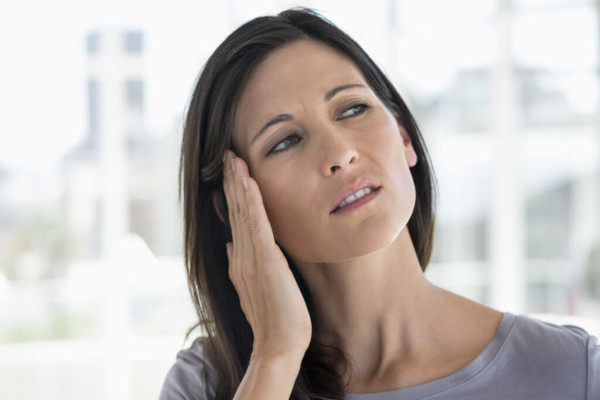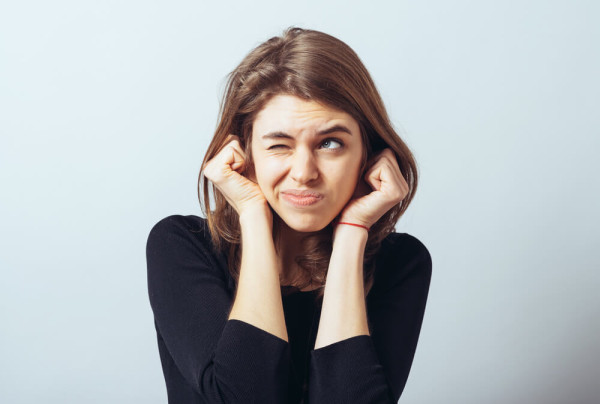Otitis media: symptoms, causes, treatment
In simple terms, otitis media is an inflammation in the ear. The disease can be acute and chronic, catarrhal or purulent. The degree of development and severity of the patient's condition largely depends from immunity the person and the type of bacteria that have infected the ear. According to statistics, in every third case there is an acute form of the disease, and it was also noticed that the majority of patients with complaints of otitis media are children, and 80% of children at least once, but suffered from this ailment in an interval of up to three years. Let's take a closer look at what kind of disease is so common, where does it come from and how to treat it?
Content
Otitis media
All ENT diseases are accompanied by the appearance of mucus and with unfavorable turns it can get into the Eustachian tube, interfering with the ventilation of the tympanic cavity. For this development, the drum cells begin to secrete a special inflammatory fluid. However, in addition to such blockage, pathogenic organisms also pose a problem. The reasons for the appearance of otitis media are:
- getting an infection into the ear from other ENT organs, a kind of complication of viral infection is obtained;
- numerous diseases of the nasopharynx, nose and sinuses - this is a curved septum, and adenoids, and rhinitis;
- various ear injuries;
- weak immunity and hypothermia.
Types of otitis media
Otitis media has several types: external and middle. In turn, otitis media is of four types, these are: internal (aka labyrinthitis), chronic purulent, exudative, acute.
Otitis externa is an infectious ear infection that can be diagnosed to individuals regardless of age and gender. Its development, as a rule, is facilitated by two components, this is the ingress of infection with sharp objects (for example, if you scratch your ear with a knitting needle, hairpin, etc.), as well as the ingress and prolonged presence of moisture in the ear canal. Often swimmers and those who spend a lot of time in the pools are subject to this ailment.
With otitis media, the middle ear becomes inflamed. Often children suffer from this inflammation, in whom it appears as a complication after a cold. Acute otitis media appears more often against the background of infectious diseases. Exudative otitis media, it is also serous and sectorial, appears due to blockage of the auditory tube. The reason for its appearance is also more often infectious diseases. A very serious disease is called labyrinthitis, i.e. internal otitis media, fortunately, is much less common than others. It appears against the background of serious infectious diseases, for example, with tuberculosis or after an ear injury.
Otitis media symptoms
The symptomatology of otitis media is largely determined by the type of disease. So, with catarrhal otitis media of the middle ear, the appearance of shooting and throbbing pain is characteristic, which tends to increase with chewing, sneezing, etc. The pain can spread to the head and jaw. The temperature rises to 39 ° C, and weakness is felt in the body. With exudative otitis media, a feeling of stuffiness and noise in the ears appears, the person begins to hear poorly, and when the head is shaking, it can be felt as if fluid is flowing in the ears. If the membrane is torn, then purulent discharge comes from the ear.
Purulent otitis media is accompanied by severe pain, which only grows every day and becomes almost unbearable, noise and congestion appear in the ears, the temperature rises, sleep is disturbed, appetite decreases, on the second or third day, discharge from the ear may appear. With otitis externa, the pain has a different intensity, the ear becomes blocked, itching may appear, sometimes severe, the skin swells and thickens, the temperature rises. Otitis media is characterized by a feeling of severe tinnitus, nausea and vomiting, imbalance when moving, severe and frequent dizziness.
Otitis temperature
As can be seen from the symptomatology, in almost any type of otitis media, an increase in temperature is observed, which reaches 39 ° C. In general, a high body temperature shows a person that immunity is fighting against harmful microorganisms in his body, and the increase is due to a protective reaction to this. The temperature can stay at a high level for several days and will subside only after the struggle is over. On average, this takes three to seven days. Do not try to bring down the fever with medication and do not try to resist such symptoms at all, thereby you will only delay recovery. Better ensure bed rest and rest. If the temperature does not drop for a long time, you will need the help of a qualified specialist who will prescribe the correct treatment.
Otitis media treatment
Treatment for otitis media largely depends on the type of disease.
If otitis externa was detected in an adult patient, then the treatment will be based on the use of special ear drops. If a person's immunity is strong, then such an effect will give good results and, apart from drops, nothing else is required, otitis media will quickly pass, without the use of antibiotics with injections and auxiliary pills. Prescribed drops can be either completely antibacterial or contain antibiotics with anti-inflammatory drugs. The duration of treatment for otitis externa with drops lasts about a week.
If the lesion occurs in the middle ear, the same antibacterial drugs are used. However, here the treatment of an adult and a child's ailment is slightly different. By the way, in 90% of cases, treatment is successful, without the use of antibiotics, and only 10% of patients suffer from complications and have to use "heavy artillery". If after the first days of treatment, relief and improvement does not occur, then you have to change the tactics to a tougher one. Antibiotics, which are prescribed for such a disease, have a lot of side effects, so only a qualified doctor should deal with the appointment. From otitis media, or rather from its complications, 28,000 people die annually, this does not just show the importance of high-quality and timely treatment.
If therapeutic treatment does not give the desired effect, and there is an accumulation of pus in large quantities behind the eardrum, this leads to unbearable pain. The entire infection begins to enter the bloodstream and other organs are infected, and the body is poisoned. As soon as such symptoms make themselves felt, the patient is urgently prescribed paracentesis. This is an operational effect that poses an obstacle to serious complications of the disease.
Everything is organized under local anesthesia. The surgeon, using a special needle, cuts the eardrum in the thinnest place in order to avoid severe tissue injury. Pus begins to come out through the hole. Interestingly, such a neatly made incision is tightened much easier and faster than a tear that occurs naturally. The scar in the first case is much smaller than in the second. After paracentesis, the very next day, there is a serious improvement in the condition, and the healing process begins to go by leaps and bounds, especially for children.
The operation is mandatorily assigned in the following cases:
- when the facial nerve is damaged;
- if after three days of taking strong antibiotics there is no visible improvement, the pain does not disappear and does not subside;
- if there is brain damage (headaches) and nausea;
- inflammatory processes in the inner ear.
IN differences from other types of disease, in the case of auditory labyrinth only complex treatment is possible, which is carried out only within the limits of a medical institution.
Complications of otitis media
Despite the fact that with otitis media only the ears hurt, with improper treatment or not completely cured ailment, other organs can also be affected. The consequences of such negligence can be simply terrifying - then suppuration goes to the lower jaw, affects the salivary gland, which often makes a person a disabled person. The danger of otitis media is that it is not always possible to notice and determine it in time. There are situations when otitis media is not accompanied by any pains, or they are weak and may not be noticed by a person, it happens that otitis media leads to a malfunction of the digestive system.
The latter is easily explained as follows. The fact is that the ear and the abdominal organs have a connection through one nerve, therefore, with otitis media, in particular for children, symptoms such as constipation, vomiting and bloating can be expressed. Such symptoms are similar to appendicitis and the patient is referred to a surgeon, but the diagnosis does not show anything and everything is attributed to a simple disorder or poisoning. If this happens and the treatment is aimed at normalizing the gastrointestinal tract, then the disease can develop into otoanthritis. The latter is characterized by the transition of pus to the behind-the-ear region and provokes additional inflammation, after which the ears protrude, and the temperature rises. Such a complication can manifest itself both in the first days and after a month, which indicates the impossibility of predicting the exact development. If even this passes by, then the next stage of complications is meningitis, so jokes with otitis media are bad and fraught with serious consequences.
Let's summarize. Otitis media can lead to:
- breakthrough of the tympanic membrane and flooding of the ear cavity with pus;
- cholesteatoma is the appearance in the ear canal of a tumor-like cyst-like formation, which outwardly resembles a capsule with dead epithelium and keratin;
- to a disorder in the digestive tract;
- persistent hearing impairment, up to absolute deafness;
- paresis of the facial nerve;
- meningitis and other intracranial complications.
If you do not cure otitis media in an acute form, then there is a high probability of its transition to chronic, and this seriously spoils the life of patients. Firstly, this form is very, very difficult to treat, and secondly, the hearing drops dramatically, there are constant inflammation and suppuration in the ears. Often, the advanced stage of otitis media is no longer amenable to conservative treatment and no other way out than surgical intervention is not expected.
Alternative treatment of otitis media
Several effective methods of treating otitis media by using traditional medicine.
- In the treatment, you can use a simple solution of brilliant green in alcohol. Soak a cotton swab in the composition and gently roll it over the affected ear. At first, there will be a feeling of warmth, and after a few hours the ear may begin to itch - it should be so, because this is an indicator that the effect of the drug has begun. Usually only four to five procedures are enough and the signs of otitis externa disappear. This treatment is applicable for both acute and chronic stages.
- And this recipe is especially suitable for those for whom antibiotics are strictly contraindicated, for example, expectant mothers. In equal proportions, you need to mix an alcoholic solution of boric acid and dimexide. In the resulting composition, cotton turundas are moistened, slightly squeezed out and immersed in the ear. It is highly recommended to pre-warm the composition a little with a water bath. With such ears, you need to sit for about an hour and repeat the whole process three times a day for seven days. If the condition has not improved, then you need to see a doctor.
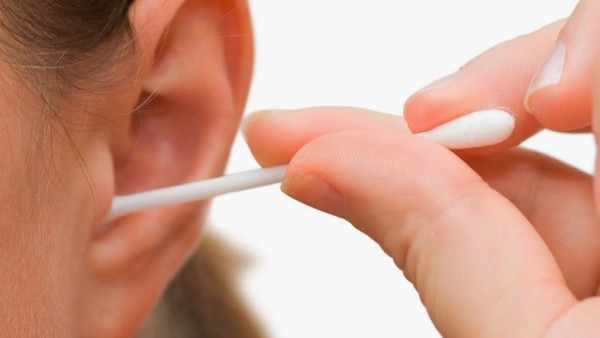
- Pour five leaves of lavrushka with a glass of water and boil. Pour the finished broth into a thermos and leave for about two hours. The prepared composition should be dripped into the sore ear three drops three times a day and the composition should be taken orally in a large spoon, also three times a day. Caution! There are contraindications, consultation with a specialist is needed.
- Prepare a solution of water and hydrogen peroxide by dissolving 15 drops of the latter in 25 ml of pure distilled liquid. Lie more comfortably on your side and put five drops of the prepared substance into the sore ear. Lie down for a quarter of an hour, then turn your head to the other side to let the liquid come out. Blot the rest of the composition in the ear with a cotton swab, just be careful.
Speaking about the use of traditional medicine in the treatment of otitis media, it is worth mentioning what actions should not be taken in any case. Improper treatment can only exacerbate the problem and lead to serious complications. Remember, even the same remedy, applied in different ways, gives radically opposite results.
So, while treating otitis media, never:
- Do not make warming wet compresses for a purulent form of the disease! Yes, with simple otitis media, such a technique passes and the heat really suppresses pain and improves overall well-being, but this approach is strictly contraindicated for internal, middle and purulent otitis media. If there is a temperature, then such heat compresses are contraindicated a priori, just like any other hot procedures. Alcohol compresses can lead to disaster, provoking the opening of the abscess and the penetration of pus into the brain with complete hearing loss. No heat compresses should be applied without a doctor's prescription.
- Do not pour alcohol into your ears! Alcohol solutions in the ears for otitis media, what could be better? Large amounts of alcohol in the ears is bad for several reasons. Heat and humidity are very good ... for active reproduction of pathogenic microflora. Alcohol can burn the delicate mucous membrane, therefore it is not suitable for the treatment of otitis media with damage. With purulent otitis media, the instillation of alcohol in general can have a sad effect on the course of the disease.
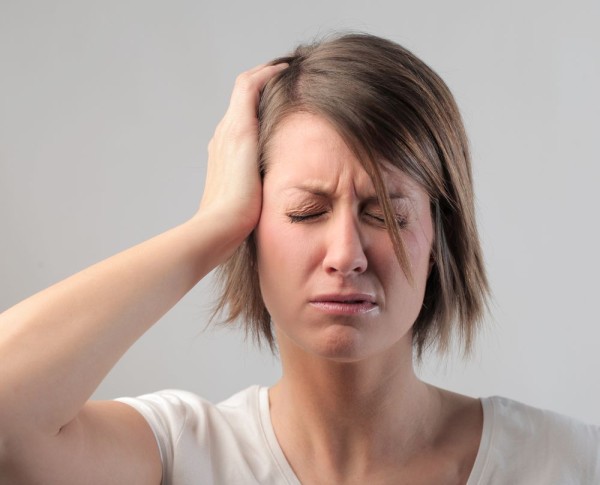
- Never pour undiluted juices of aloe, onion and garlic into your ears. Despite the fact that in some recipes you can find such a practice, it is still not worth doing this, and here's why. Such "nectar" is very concentrated, due to which it irritates the mucous membrane, and with such uncontrolled treatment it can lead to damage to the eardrum. Even if, against all odds, you decided to carry out such a treatment, then you must first dissolve pure juice in distilled water in equal proportions, but remember that you take all the risks upon yourself.
Even recipes for traditional medicine can be shown with one type of otitis media and are strictly contraindicated, or even completely dangerous for another. Only a doctor can determine the type of disease and, in general, its presence, therefore, an examination should be carried out before treatment. The fact is that the ear can hurt and give similar symptoms not only otitis media, but also other tumors.
Otitis prevention
Preventing thick mucus from entering the Eustachian tube is the main measure to prevent disease, but this is not so simple. Very often, rhinitis is accompanied by the appearance of liquid discharge, and at the time of treatment, its density increases and mucus stagnates in the nasopharynx. In order not to provoke the development of otitis media with such stagnant phenomena, it is always necessary to treat ENT diseases with high quality and in a timely manner, because even a simple runny nose can lead to otitis media.
As a preventive measure, you should:
- apply vasoconstrictor drops in order to reduce mucosal edema;
- drink enough water;
- maintain a normal temperature in the room, in the region of 18-20 ° С;
- regularly carry out wet cleaning and air the rooms;
- do not be zealous with blowing your nose, as this process causes blockage of the ear canals - also during blowing it is necessary to pinch one nostril.
When the first symptoms appear, you need to consult a doctor in a timely manner, because the treatment of the disease at an early stage is much easier and helps to avoid serious complications.
